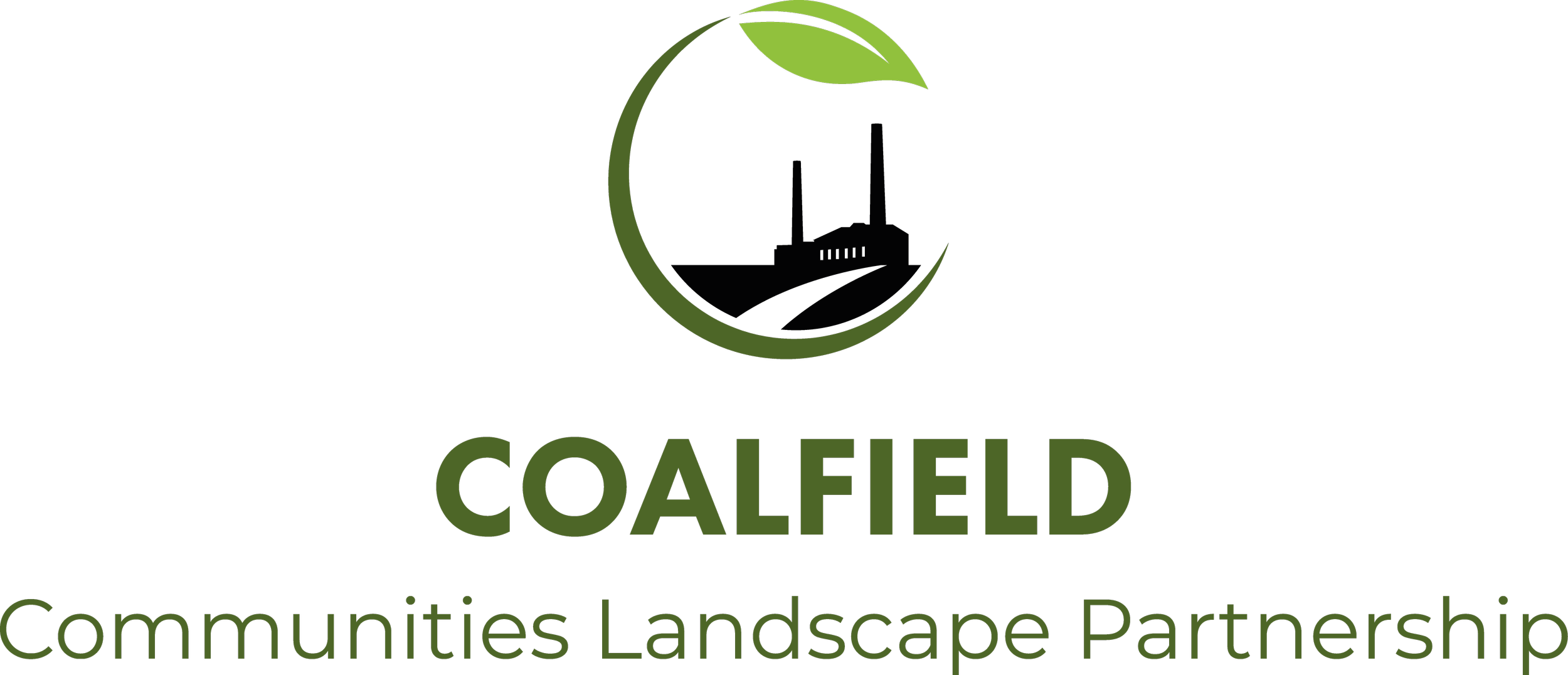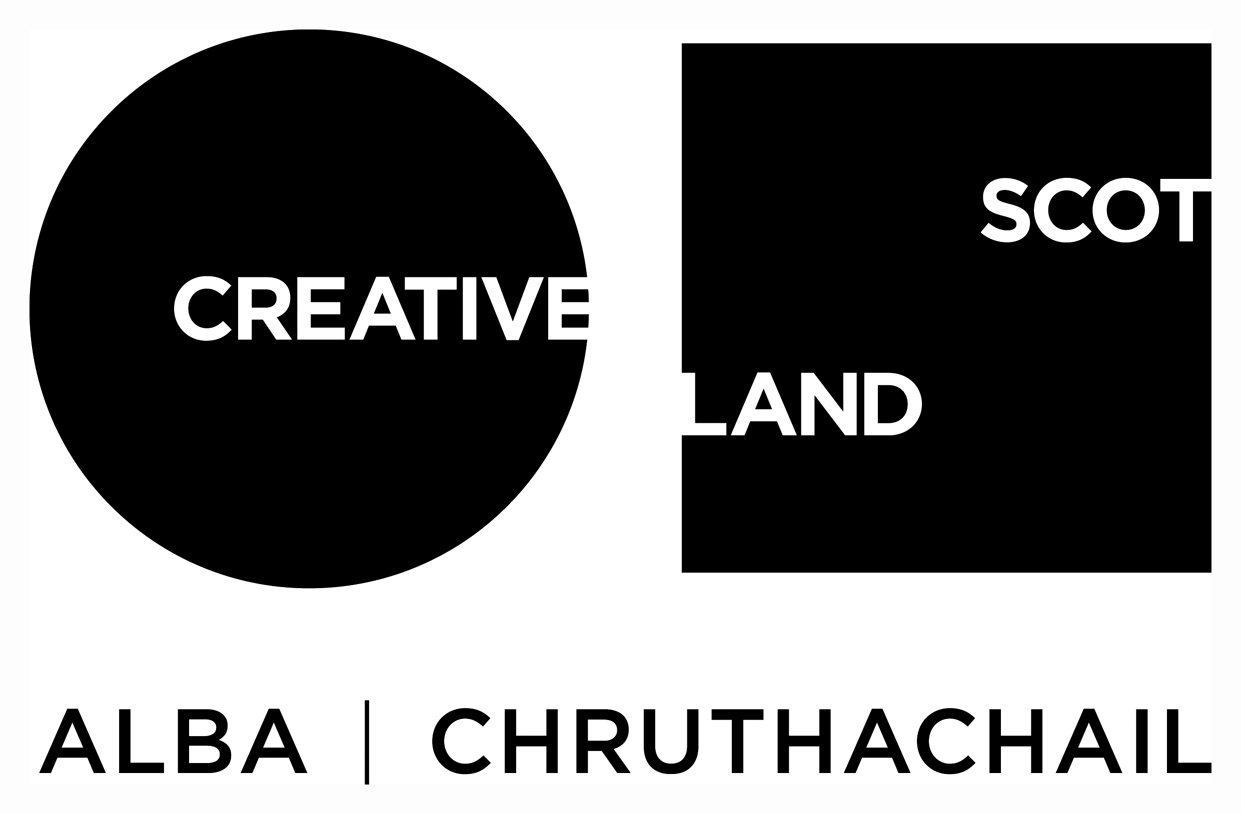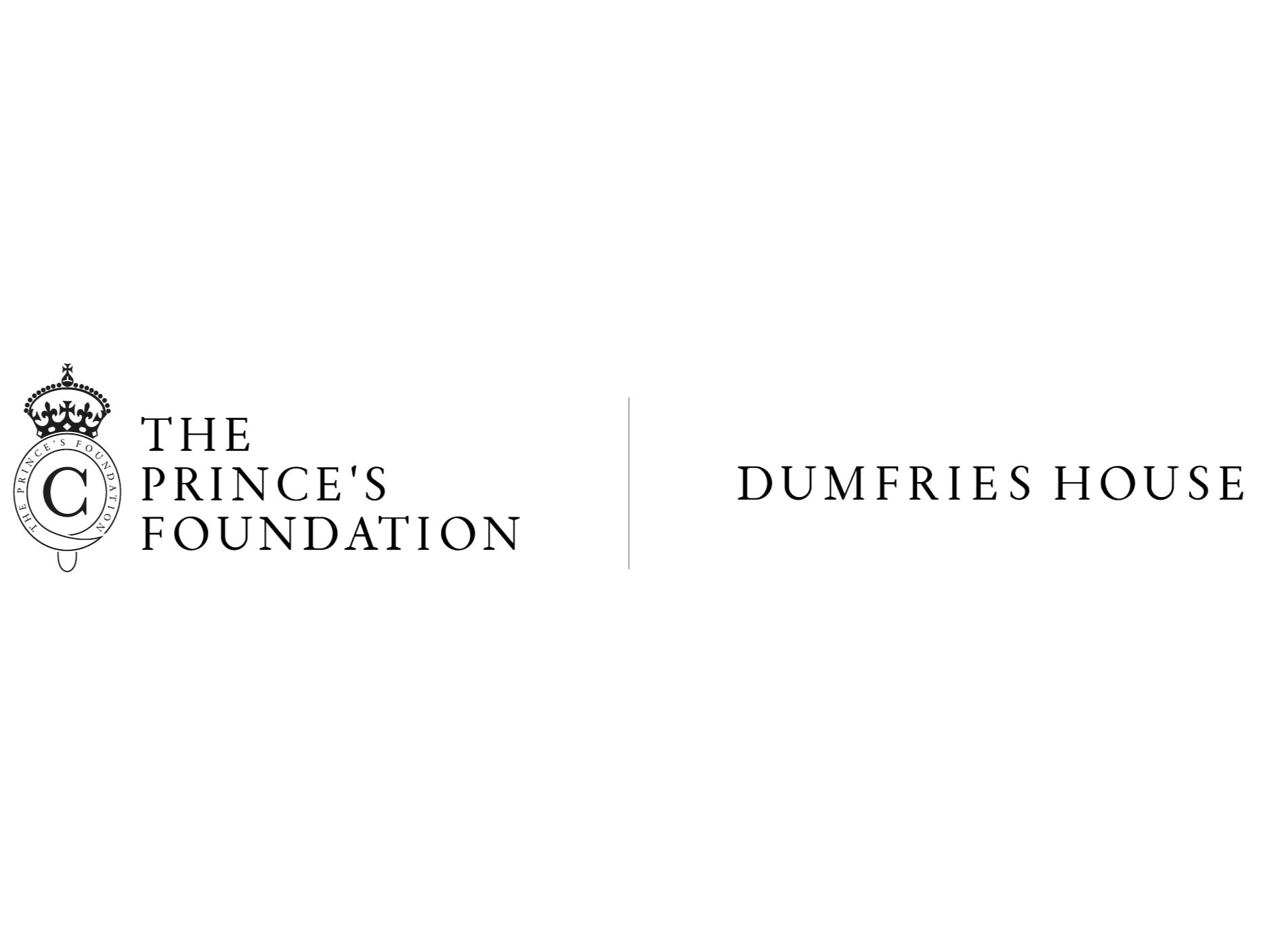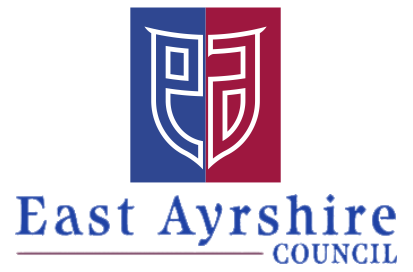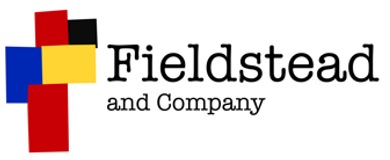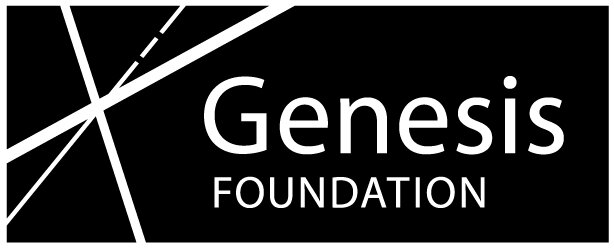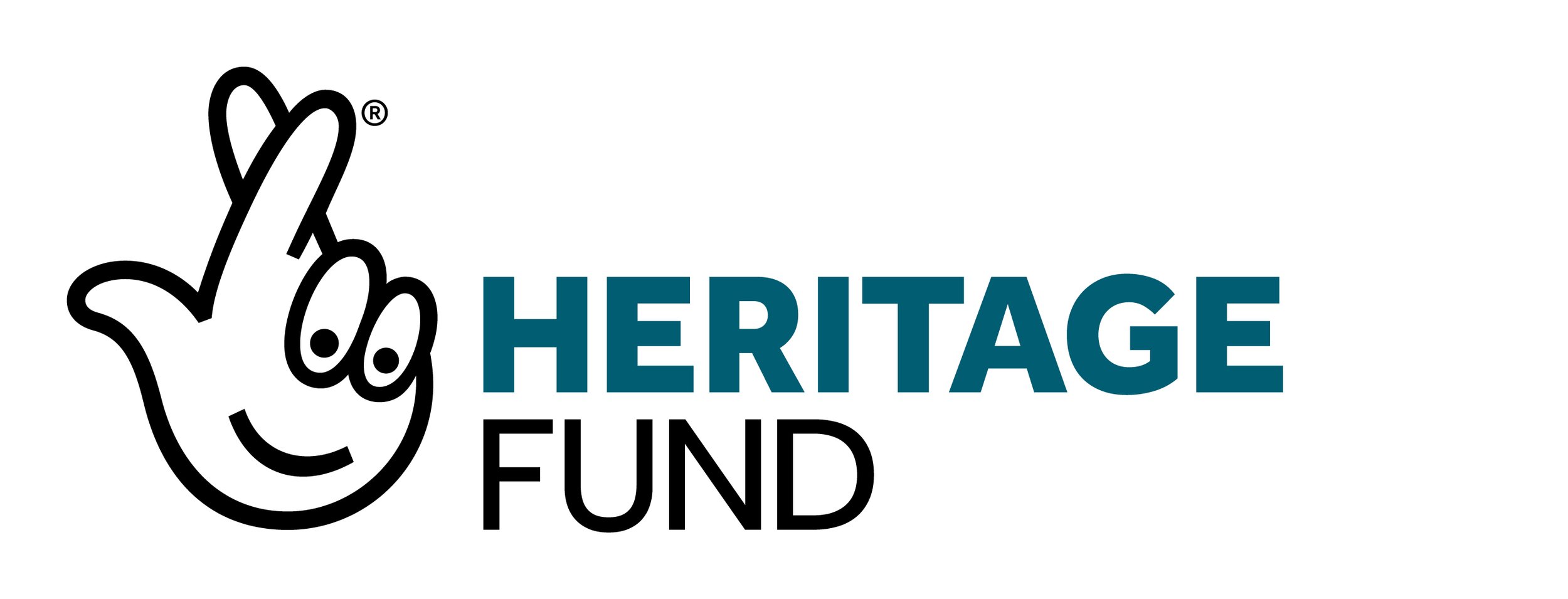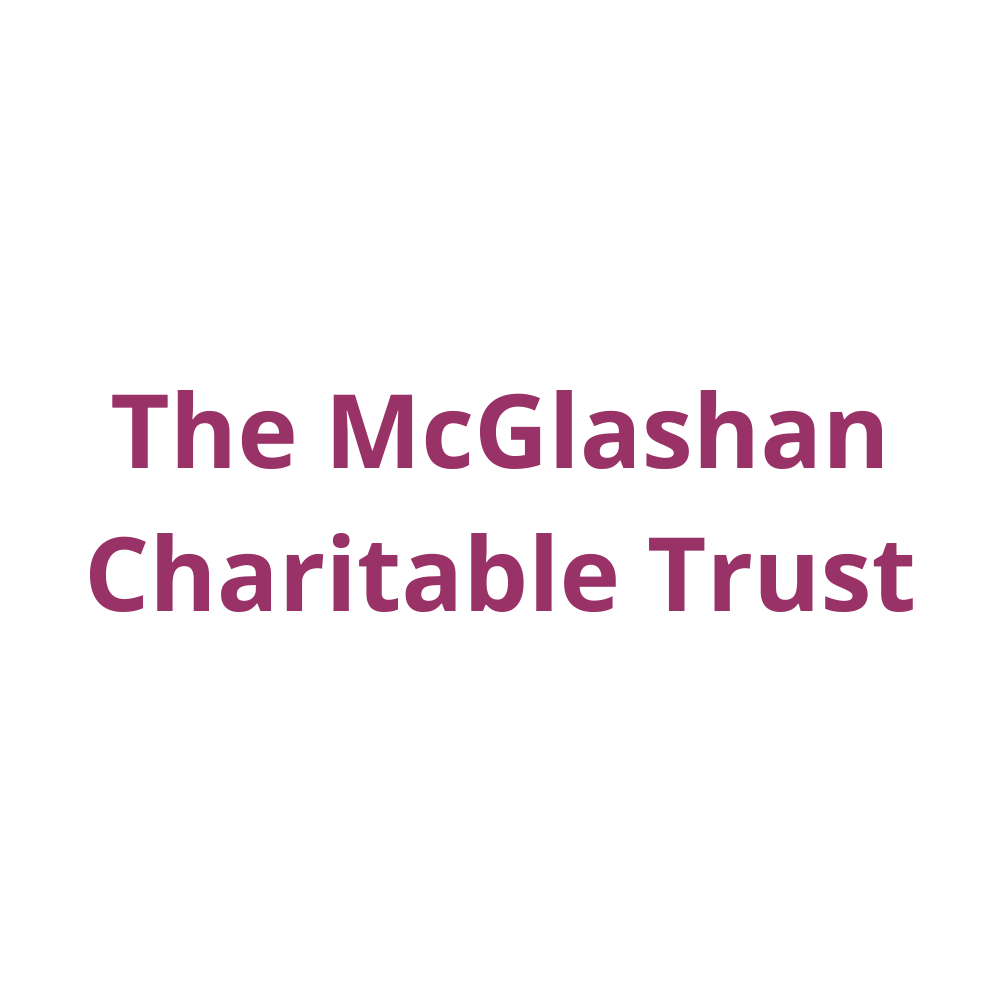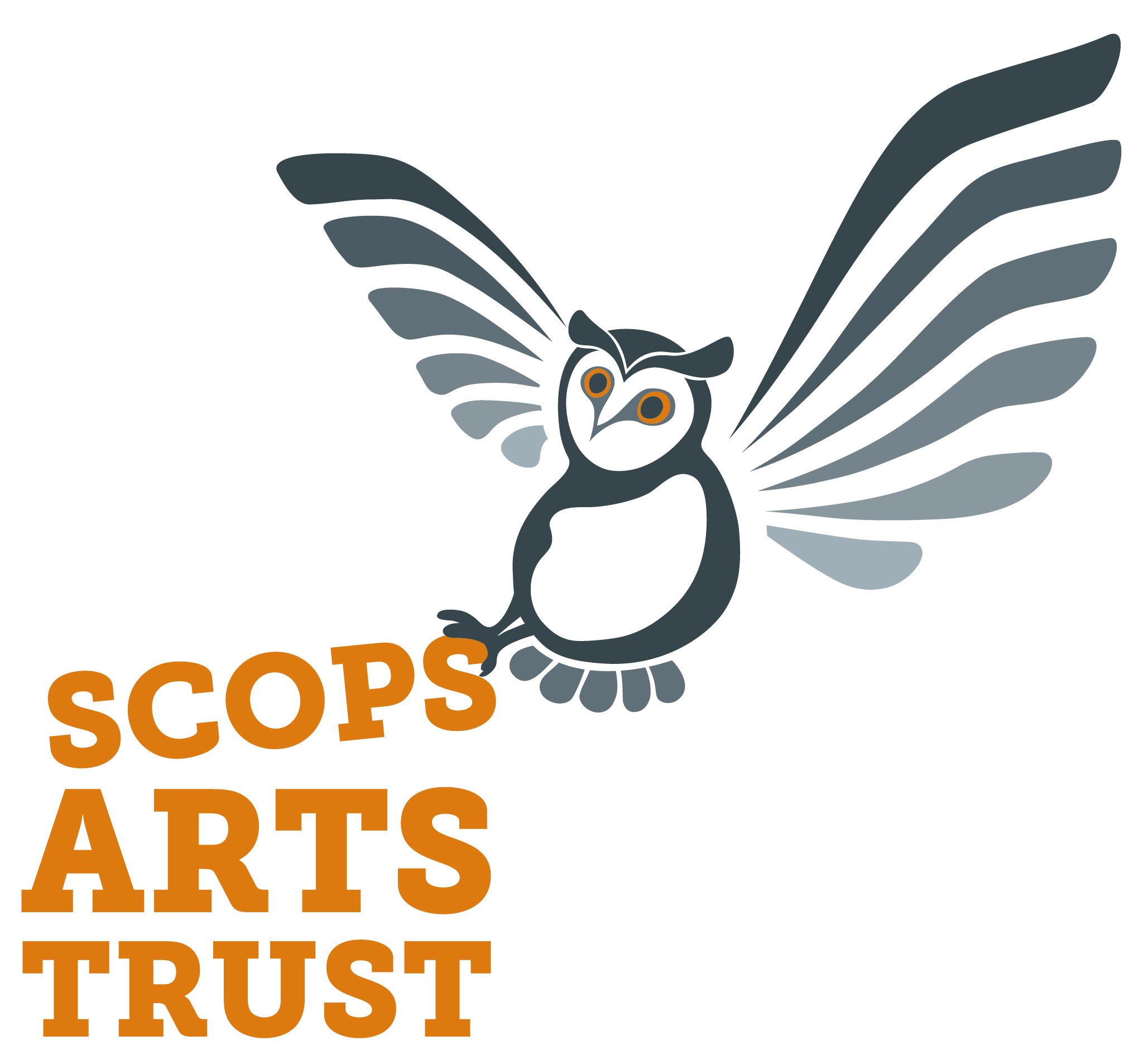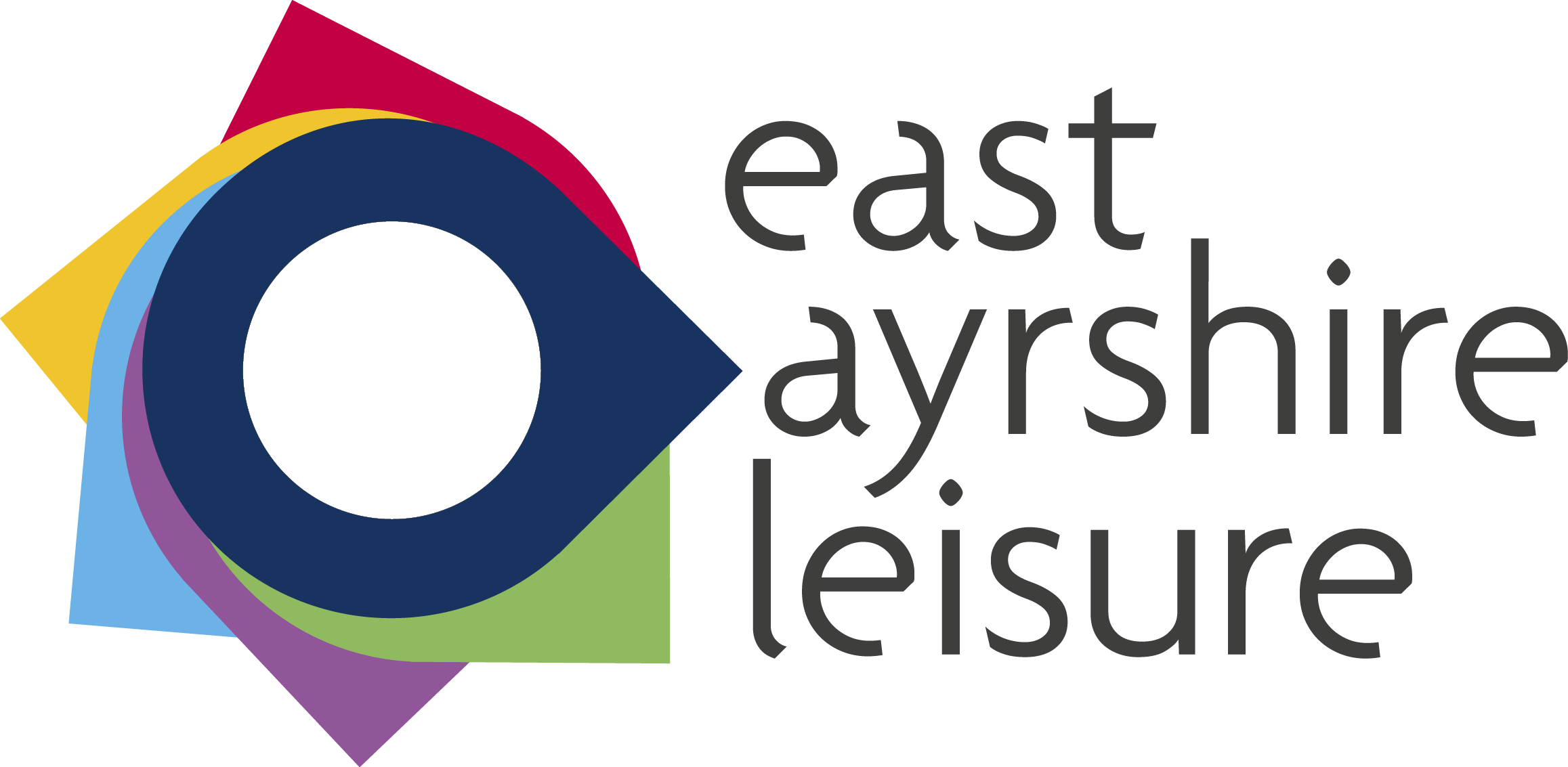An Introduction to Create! - The Cumnock Tryst at Daldorch House School
/Matilda Brown is a composer and animateur who has worked with The Cumnock Tryst for many years on all of our projects for young people with disabilities. Matilda was in the midst of delivering the creative sessions for Create! at Daldorch House School, the National Autistic Society’s centre in Catrine when the pandemic hit. But the music composed by our group of young people at Daldorch is now available to enjoy, through her skilful arranging, performing and recording. Have a listen, below
Matilda delivered a variety of musical tasks in her sessions at Daldorch which developed in many directions. The pupils had access to music technology such as the Thumbjam app, samples, backing tracks, a variety of percussion instruments, guitar and piano. Then in thoughtfully created one-to-one sessions, Matilda responded to the pupils’ reactions to these instruments and audio tools in the moment, and they improvised a lot together. Through that improvisation, they created some of their best ideas. The music was also created in response to the pupils’ general likes and dislikes, their personalities and their overall physical responses to the music.
Live Music Now also brought live performances from the Armonia Duo, Hannnah Rarity and Luc McNally, and Maxwell Lightbody and Smith into the school which encouraged the pupils to immerse themselves in the listening experience, and gave them experience of instruments being played live in front of them. For some, this will have been the first time they had ever experienced live music.
Matilda commented “It was a highly collaborative project where the staff from Daldroch were continually communicating with me and helping me to develop a positive relationship with each pupil. The staff gave me information; such as how long a pupil may focus on a new task in a new space with a new person and what to expect from a pupil over the period of a few weeks. This information was often crucial for the success of some sessions.”
Some pupils are non-verbal, their main form of communication being sign language and actions. Other identified instructions and their schedules through visual representations and symbols while many identified language if it was spoken clearly to them.
This information helped Matilda to plan her tasks; she used a variety of symbols, colours and visuals, as well as tactile materials along with musical instruments to enrich the sessions and communicate ideas.
Finally, Matilda arranged and recorded the completed pieces of contrasting instrumentals and songs which all convey the creativity, joy and interaction she experienced with the pupils at Daldorch.
Create! A Cumnock Tryst collaboration with Daldorch House School, Matilda Brown, Drake Music Scotland, Live Music Now Scotland and Hebrides Ensemble
Funded through the generosity of Fieldstead, Bank of Scotland Foundation and Trefoil.
We asked Matilda a few questions about the project.
How do you go about creating music with people who have not had the opportunity before?
When working with groups I never assume a participant can play an instrument in the conventional way, so I will always come prepared with many ‘tools’ or a full ‘palette’ of ideas to engage participants and make the sessions inclusive and holistic.
I combine percussion and acoustic instruments with music technology and use lots of improvisational techniques to inspire ideas and help participants identify their strengths.
Not two pupils from Daldorch interacted with me in the same way. The important thing was to be perceptive and respond in the moment to the pupil’s reactions and go with them. If I can engage with the essence or intention of what that person is trying to express, and can do this through music, then I’m on my way to listening to them properly and creating a meaningful musical collaboration between myself and them.
Were there any moments that surprised you?
One student really surprised me one week. The staff mentioned that she might not participate at all. The first couple of sessions were okay, but she did not come into the room. However, on this particular session, she came swiftly into the room and gave me eye contact immediately. She sat down in front of me and talked and laughed and played music with me on the ipad. She gave me feedback and critiqued my performance on the guitar! In that session she helped me to write the words to her song that I later arranged over lockdown.
Can you share some of the most rewarding moments you experienced?
Another pupil would sit on the floor with his book for the first few sessions and look away most of the time while I was singing. He would occasionally interact and stay for about 5 minutes. However, after a few sessions, he started to sit in front of me on a chair, join in with the musical warm-ups with help from the support staff and smile. He would then strum the guitar in the second part of the session, and I could see he was experiencing the music with every strum. It was one of the most rewarding experiences I have had and the staff said it was the longest he had stayed in any session before.
The other most rewarding experience was another student creating and performing his own melody on Figurenotes. The staff said he does not often make choices for himself or select from more than two things. However, we noticed that he chose his own notes out of a choice of more than four or five. This meant he was thinking independently and making his own choices. He performed his melody on the ipad with expression and very intuitively. He would respond to my piano accompaniment and also accent notes that were higher in the octave.
Can you describe the work they created?
The final work resulted in contrasting songs and instrumental pieces arranged and recorded by myself. Each piece reflected the musical skills and personality of each pupil.
The songs and music:
Cristo and I created a song about a tree, with an instrumental introduction. We identified that he loved playing the ‘shells’ (percussion instrument with shell sounds) and he also liked wooden sounds. He responded to the sound of my voice and interacted with me using sounds from his voice. He followed dynamics through imitation and moved expressively to the music, which I used to create meaning and direction to the lyrics and overall shape to the song.
Robbie created a Figurenotes melody, which became part of an instrumental piece. He was very proud of the melody he created and would remember it from week to week. He performed his melody on the ipad with thought and care.
I arranged a fun song in response to working with Pupil A over six weeks. His words, often funny, and one-line sentences were used as well as lyrics from his favourite songs; Twinkle, Twinkle Little Star and Baa Baa Black Sheep. I decided to combine all these words into a new accumulative song. It worked well, was fun and conveyed his spirited personality.
I wrote three short instrumental pieces for Glen that depicted three contrasting moods to his personality he often showed me in the sessions. The pieces were inspired by his repetitive short tune on piano and his movements and reactions to some of the loops, switches and music technology we used together.
Alana used to say "Shhhh" to me and put her fingers up to her lips playfully, grinning. Nicola, and the other staff at Daldroch also said she liked romantic/love songs. I discovered the kinds of instruments and harmonies she enjoyed especially when she improvised on Thumbjam on the ipad. These interactions with Alana helped me to shape her piece, 'Quietly to You'.
You can listen to each of the pupil’s pieces below:
For more on Create! from Sir James MacMillan see HERE
Matilda Brown Bio
Matilda Brown is a composer and musician who finds inspiration for making music from her adventures across the beautiful and rugged landscapes of Scotland and the United Kingdom. Matilda has recently completed “Alongside Autumn” where she walked the length of Scotland solo performing in six musical events along the way. Matilda studied at Liverpool Institute for Performing Arts (LIPA) and The University of Edinburgh. LIPA encouraged Matilda to develop her compositional style as well as compose for theatre, dance, and performance art. At The University of Edinburgh, Matilda explored new compositional processes and orchestral arrangement, which lead to commissions by the LSO, RLPO, BBC Concert Orchestra, The London Jazz Festival, McFall’s Chamber with BBC Radio3.
Alongside her many commissions and projects, Matilda is passionate about composing with young children and people with disabilities. As well as facilitating music in schools, she supports further education that enables, children and adults with disabilities the chance to work as music professionals. She identifies that children give musicians new ways to listen, perform and make music.
Matilda has worked with Drake Music Scotland for over ten years, resulting in commissions from the Cumnock Tryst, Scottish Ensemble and Hebrides Ensemble. In 2018 Matilda and Drake Music Scotland received the Scottish New Music Award for Community/Education with Cumnock Tryst and Scottish Ensemble. In 2020 Matilda received the same Scottish New Music Award for Community/Education this time with SCO for the short films they created for a project called "Soundmoves" where Matilda was composer and animateur and Ana Almeida was movement specialist and Sandy Butler, videographer.
The crossover between Matilda’s work in an education setting, commissions and performance projects is fundamental to her creative practice and the belief that as long as there is inspiration and imagination, there can be music.




